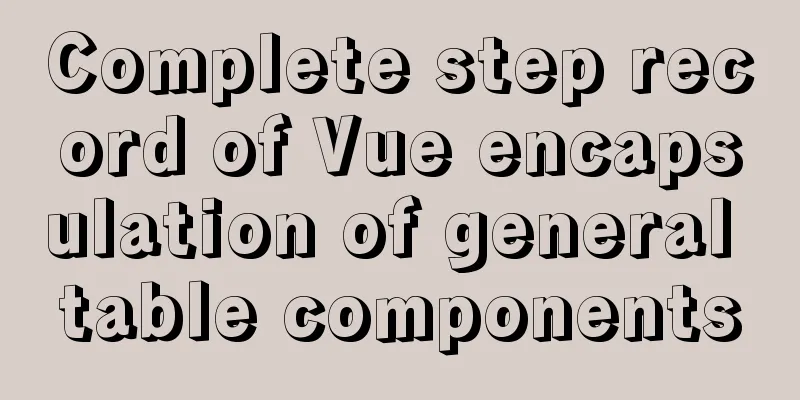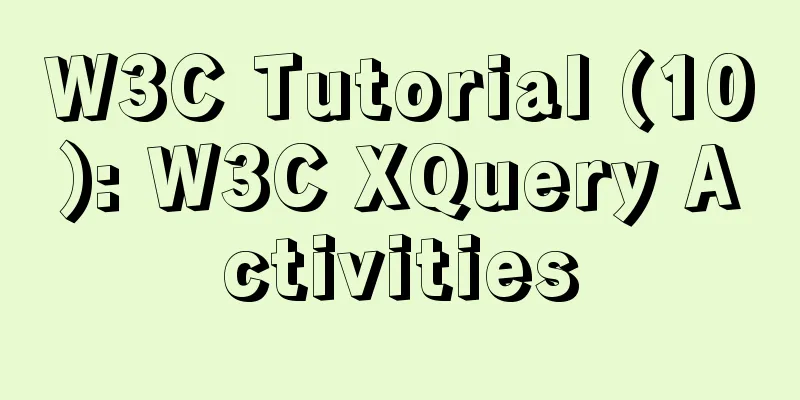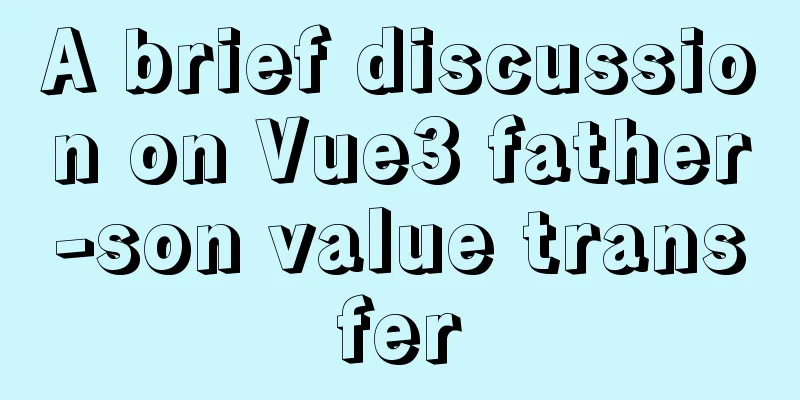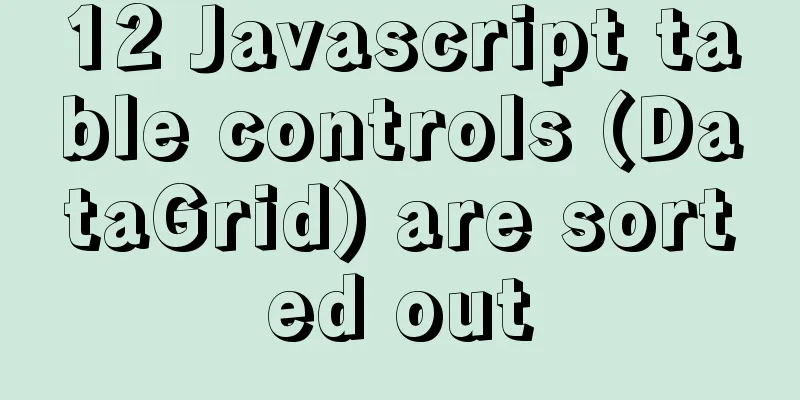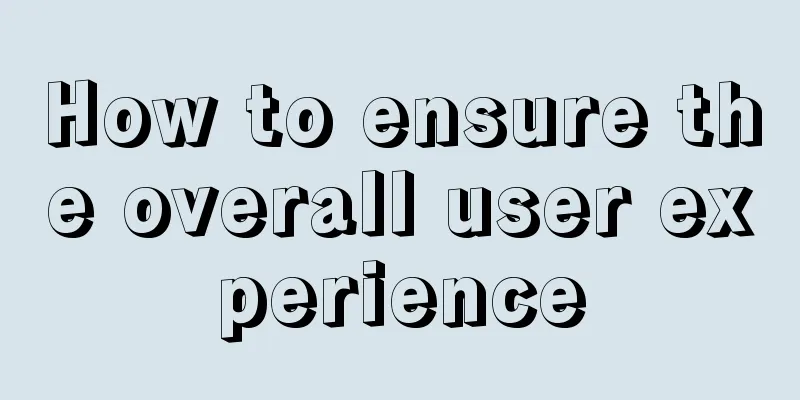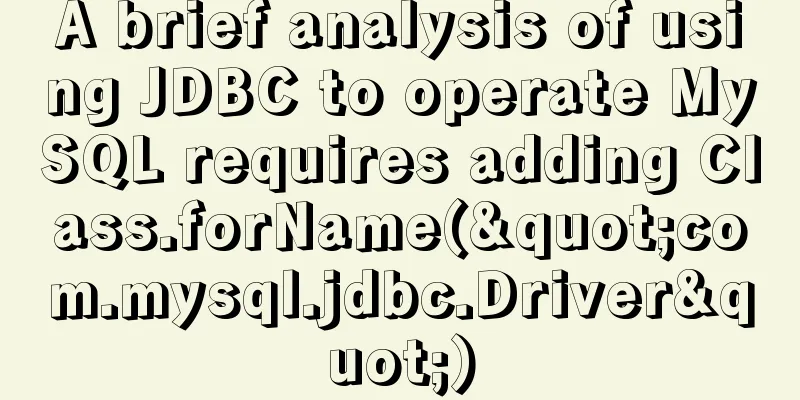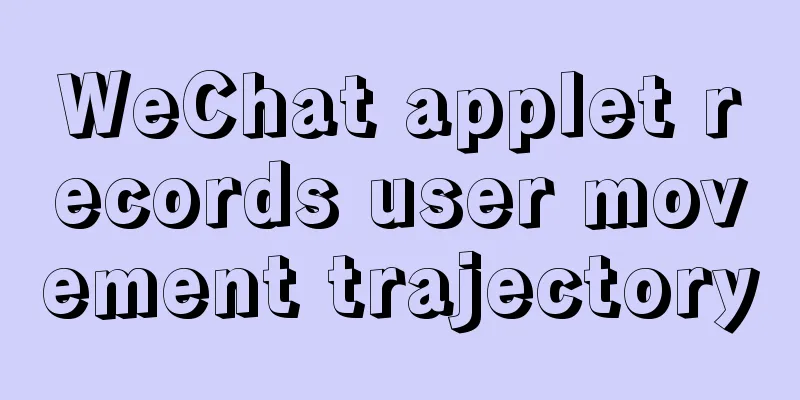Detailed explanation of the properties and functions of Vuex
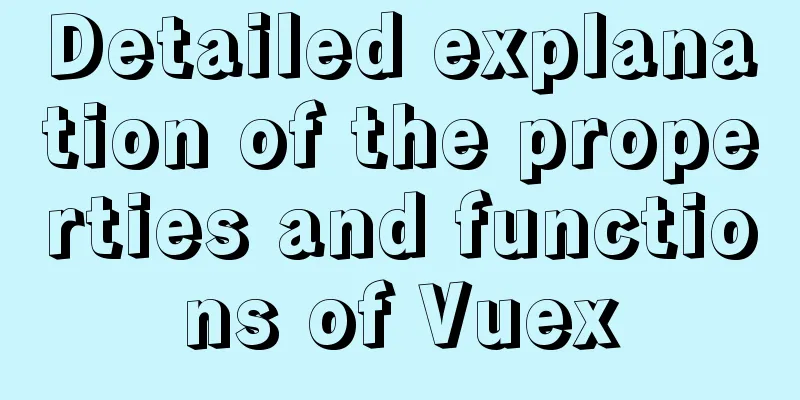
What is Vuex? VueX is a state management framework designed specifically for Vue.js applications, which uniformly manages and maintains the mutable states of various vue components (you can understand it as some data in the vue component). Vuex can be understood as a development mode or framework. For example, PHP has thinkphp, Java has spring, and so on. Centrally manage changes in driver components through state (data source) (just like Spring's IOC container centrally manages beans). Vuex has five core concepts: Application-level state is centralized in the store; the way to change the state is to submit mutations, which is a synchronous thing; asynchronous logic should be encapsulated in actions. Cuex draws on Flux, Redux, and The Elm Architecture. Unlike other modes, Vuex is a state management library designed specifically for Vue.js to utilize Vue.js's fine-grained data response mechanism for efficient state updates. State management : Simply put, it is to uniformly manage and maintain the changeable states of each vue component (you can understand it as some data in the vue component) Five properties of Vuex
What is the State property of vuex? 1. Vuex is a warehouse, which contains many objects. The state is where the data source is stored, corresponding to the data in the general Vue object. 2. The data stored in the state is responsive. Vue components read data from the store. If the data in the store changes, the components that depend on this data will also be updated. 3. It maps the global state and getters to the computed properties of the current component through mapState. What is the Getter feature of vuex? 1. Getters can perform calculations on State, which is the calculated property of Store 2. Although you can also calculate properties within a component, getters can be reused between multiple components 3. If a state is only used in one component, getters are not required. What is the mauation feature of vuex? 1. A mutation is an object that contains multiple methods (callback functions) that directly update the state. 2. Only synchronous code can be included, and asynchronous code cannot be written What is the action feature of vuex? 1. Action is similar to mutation, but the difference is: 2. Action submits a mutation instead of directly changing the state. 3. Action can contain any asynchronous operation When should I use Vuex? Although Vuex can help us manage shared states, it also comes with more concepts and frameworks. This requires weighing short-term and long-term benefits. If you don't plan to develop a large single-page application, using Vuex may be cumbersome and redundant. It's true - if your app is simple enough, you're probably better off not using Vuex. A simple global event bus is all you need. However, if you need to build a medium to large single-page application, you will most likely consider how to better manage the state outside the component, and Vuex will become a natural choice. SummarizeThis article ends here. I hope it can be helpful to you. I also hope you can pay more attention to more content on 123WORDPRESS.COM! You may also be interested in:
|
<<: Don’t bother with JavaScript if you can do it with CSS
>>: 7 skills that web designers must have
Recommend
MySQL 5.7.17 installation tutorial with solutions to the problem that the MySQL service cannot be started
For .net development, I am more familiar with Mic...
Vue2 cube-ui time selector detailed explanation
Table of contents Preface 1. Demand and Effect ne...
Detailed explanation of how to cleanly uninstall Docker
First, the server environment information: Reason...
What are HTML inline elements and block-level elements and their differences
I remember a question the interviewer asked durin...
Example code for implementing page floating box based on JS
When the scroll bar is pulled down, the floating ...
Summary of CSS gradient effects (linear-gradient and radial-gradient)
Linear-gradient background-image: linear-gradient...
Summary of Linux file directory management commands
touch Command It has two functions: one is to upd...
Implementation of Portals and Error Boundary Handling in React
Table of contents Portals Error Boundary Handling...
MySQL 8.0.15 installation and configuration graphic tutorial
This article records the installation and configu...
CSS3 to achieve dynamic background gradient effect
Learning CSS3 is more about getting familiar with...
Detailed explanation of the installation and configuration process of mysql8.018 on linux
Installation introduction under Windows: Check ou...
JS asynchronous execution principle and callback details
1. JS asynchronous execution principle We know th...
React+axios implements github search user function (sample code)
load Request Success Request failed Click cmd and...
jQuery plugin to implement stacked menu
A jQuery plugin every day - stacked menu, for you...
Solve nginx "504 Gateway Time-out" error
Students who make websites often find that some n...
